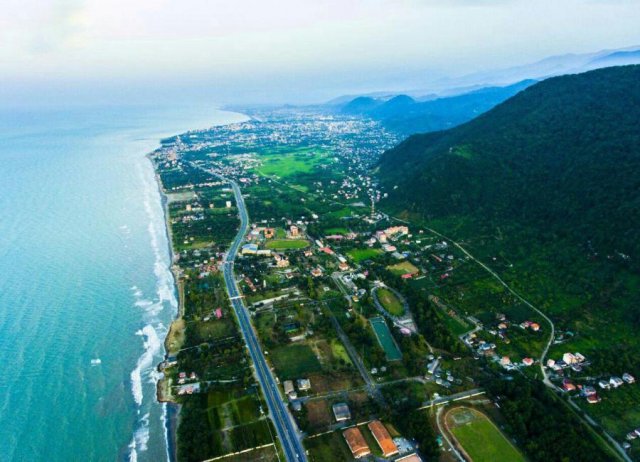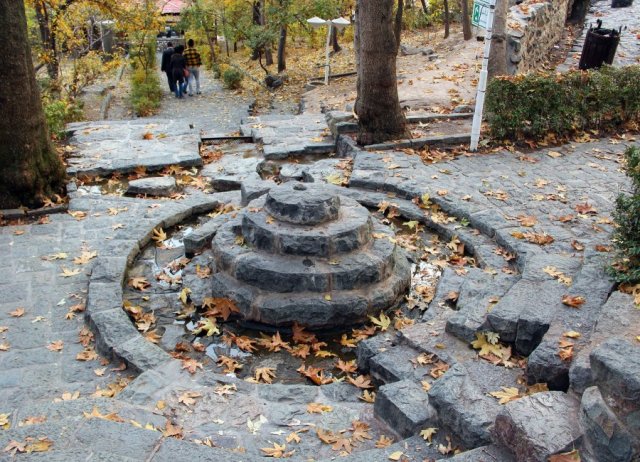Alamut (meaning “eagle’s nest”) is a ruined mountain fortress located in the Alamut region in the South Caspian province of Gilan near the Rudbar region in Iran, approximately 100 km (60 mi) from present-day Tehran.
In 1090 AD, Alamut Castle was seized as a mountain fortress under the leadership of Hasan-i Sabbah, and until 1256 it was the site of intense activity for the Assassins (a Shi’a Nizari Ismai’li group), functioning as the headquarters of their state, which consisted of a series of unconnected strategic strongholds scattered throughout Persia and Syria, with each stronghold being surrounded by huge swathes of hostile territory.
Alamut, which is the most famous of these strongholds, was thought impregnable to any military attack, and was fabled for its heavenly gardens, library, and laboratories where philosophers, scientists, and theologians could debate in intellectual freedom.
In 1256, Ruknu-d-Dīn Khurshāh surrendered the fortress to the invading Mongols, and its famous library holdings were destroyed. Sources on the history and thought of the Ismailis in this period are therefore lacking and the majority extant is written by their detractors. After the Mongol destruction, the castle was of only regional significance, passing through the hands of various local powers. Today, it lies in ruins, but because of its historical significance, it is being developed by the Iranian government as a tourist destination.
The Alamut castle was built by the Justanid ruler Wahsudan b. Marzuban, a follower of Zaydi Shiaism, around 865 AD. During a hunting trip, he witnessed a soaring eagle perch down high on a rock. Realizing the tactical advantage of this location, he chose the site for the construction of a fortress, which was called “Aluh āmū[kh]t” likely meaning “Eagle’s Teaching” or “Nest of Punishment”. Alamut remained under Justanid control until the arrival of the Ismaili chief da’i (missionary) Hasan-i Sabbah to the castle in 1090 AD, marking the start of the Alamut period in Ismaili history.
.
Points Of Interest
This village, at 1700m elevation and just north of the no-torious Evin Prison, is one of Tehran’s most pleasant urban escapes
At 370,000 sq km the Caspian (Darya-ye Khazar) is five times the size of Lake Superior.That makes it by far the world’s largest lake.
This popular in town escape stretches ever more steeply up the mountainside at Tehran’s northern edge



